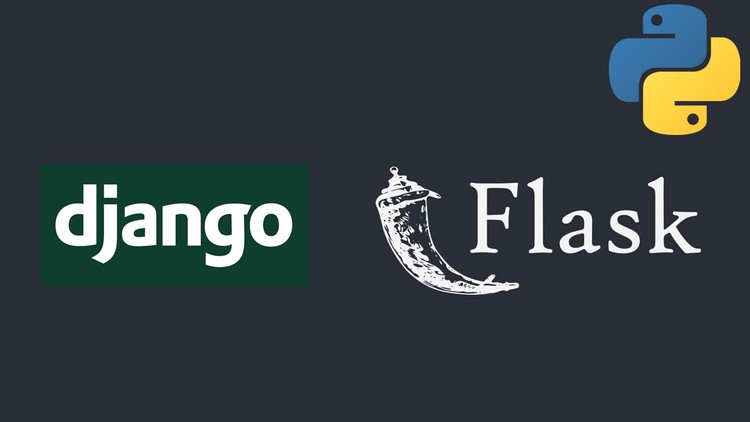In the share market, IPO (Initial Public Offering) and NFO (New Fund Offer) refer to two different financial products that companies or mutual funds offer to the public.
1. IPO (Initial Public Offering):
An IPO is when a private company offers its shares to the public for the first time, transforming into a publicly traded company. By listing on the stock exchange, the company can raise capital to fund its growth, pay debts, or expand its operations. Investors can buy shares directly from the company during the IPO, and once listed, these shares can be traded on the stock exchange.
- Example: Suppose Company A wants to expand its business. It might go for an IPO, offering its shares to the public for the first time. After the IPO, Company A’s shares are traded on a stock exchange.
2. NFO (New Fund Offer):
An NFO is when an asset management company (AMC) launches a new mutual fund scheme and invites the public to invest in it at an initial price, typically ₹10 per unit in India. The funds collected from investors are pooled and used to invest in a diversified portfolio of stocks, bonds, or other securities. Once the NFO period ends, the mutual fund units are generally available for regular investment through a process called a “Systematic Investment Plan” (SIP) or in lump sums, depending on the type of fund.
- Example: If a mutual fund company launches a new equity fund targeting a specific sector, it may issue units through an NFO, which investors can buy at a fixed price.
Key Differences:
| IPO | NFO |
|---|---|
| Equity shares of a company | Mutual fund units |
| Involves ownership in a company | Involves a share in a pooled investment |
| Generally higher risk and return potential | Risk and returns vary by mutual fund type |
| Listed on a stock exchange after issuance | Listed on a fund platform, not traded in the same way as stocks |
Both IPOs and NFOs allow investors to enter new investment opportunities, but they serve different investment goals.


